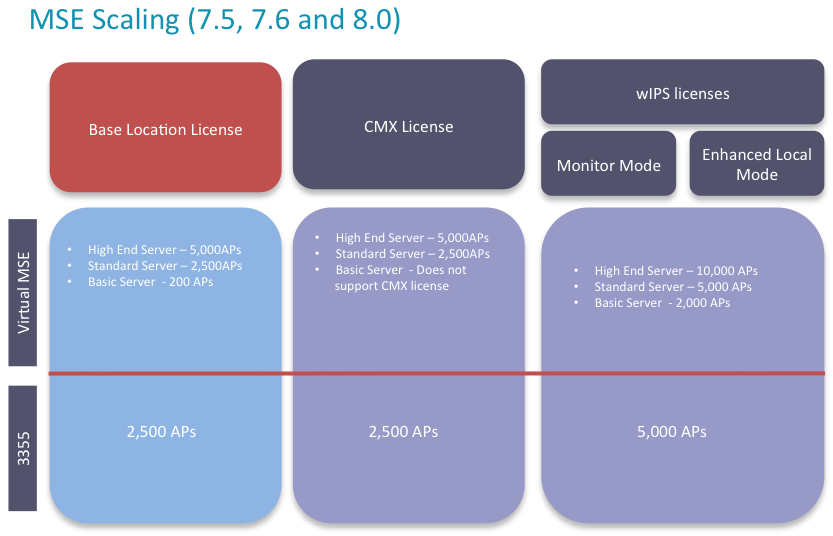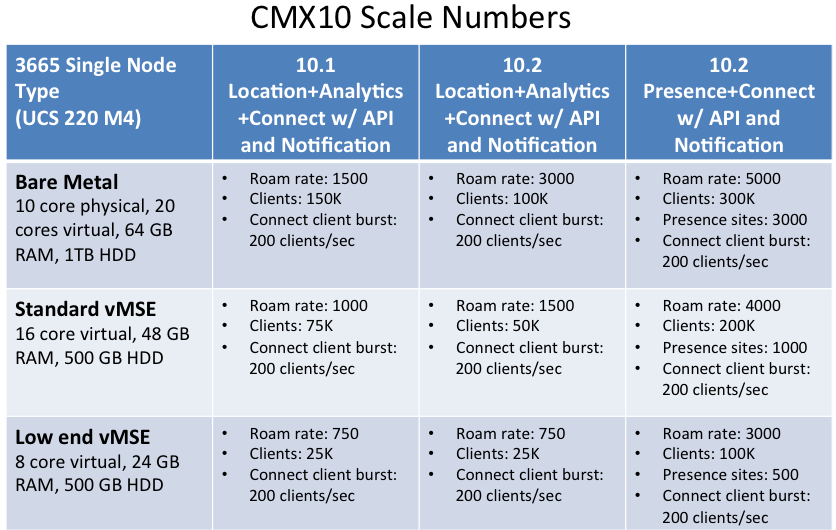More than 10 billion mobile devices will be in use by 2018. People love their smartphones, tablets, and other devices, and they want to stay connected when on the go. This gives you a great opportunity to engage customers and visitors with exciting mobile experiences. But how can you provide high-quality connections, create revenue-generating services, and keep your network safe and manageable all at the same time?
The Cisco CMX helps you balance these goals. When Connect Mobile Experiences (CMX) 8.0 resonated so well with our customers, we started getting requests for greater flexibility and increased scale. Built not only for the current use cases but future use cases as well. In response we’ve re-architected CMX 10.0 to meet these requirements. Our combined goals were to build a single user interface (UI), which could manage hundreds of properties, delivering customizable reports for business managers, leveraging the latest and greatest technology.

For those who have worked with CMX before, it seems to be a sudden jump from MSE 8.0 to CMX 10.0. It important to clarify the difference between the software bundle and the hardware appliance (as well as the major increases in functionality you get with CMX 10.0). For the same server, you can expect 3 to 5 times the performance.
Server Scaling and Clustering with CMX 10.0 provides greater infrastructure elasticity to support up to 1M clients and analytics data storage improvements for 150M records.

CMX10 scale was validated and achieved on machines with different CPU cores, RAM, and disk sizes by the CMX simulator. NMSPsim simulates AP, Controller and Clients as well as sends the messages listed below at a desired roam rate.
The following messages were simulated by NMSPsim.
- WLC sends capability notification based on subscription by CMX in services (UI has an enable button for rogue AP/client tracking)
- Information notification (IP address, username, status for an associated client)
- Statistics messages (Connect service shows how much bandwidth is used in upload /download for every clients)
- Spectrum messages (Bluetooth devices, do not have MAC address, so WLC generates pseudo MAC, device MAC is sent)
- Measurement messages (AP/client RSSI, rogue AP & clients)
The limits listed in the Table below identify the maximum scale on a single-box deployment on a high-end appliance.
Hardware Platform | Basic Appliance | Standard Appliance | High-End Appliance |
CPU | 8 vCPU \ 4 physical cores | 16 vCPU \ 8 physical cores | 20vCPU \ 10 physical cores |
RAM | 24 GB RAM | 48 GB RAM | 64 GB RAM |
HDD | 500 GB HD | 500 GB HD | 1TB HD |
System Feature | Maximum Limit |
Number of clients, assets tracked | Up to 100,000 |
Number of clients, assets tracked | Up to 10,000 |
Number of Cisco Wireless LAN Controllers | Up to 100 |

In summary, the scalable infrastructure of CMX 10 prepares Retail, Transportation, Healthcare, Hospitality, and Education customer businesses to be Big Data Ready. With Cisco CMX 10 solution in place, businesses can manage day-to-day operations to uncover data and customer insights to improve and optimize each customer’s experience to peak performance.
What do you think? I’d like to hear your opinions and use cases.
Please leave a comment to add your thoughts, share your experiences with Cisco CMX, or ask questions.
